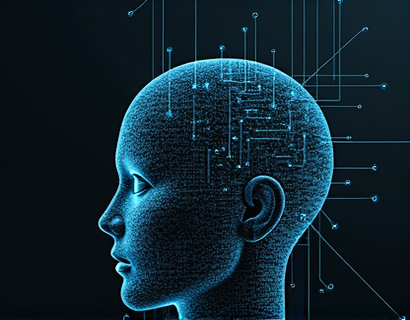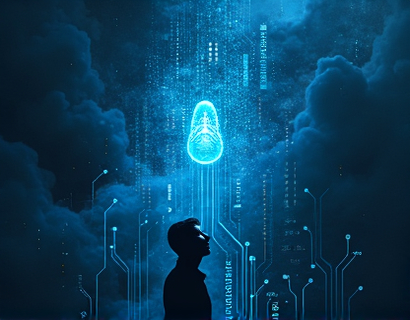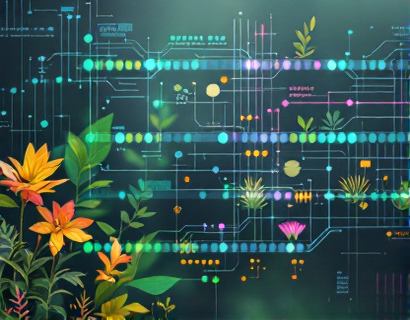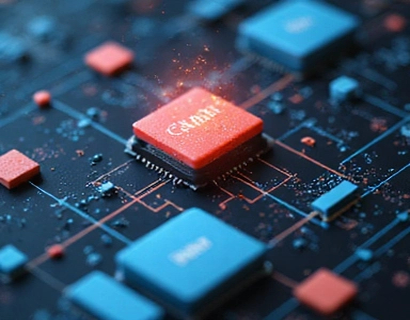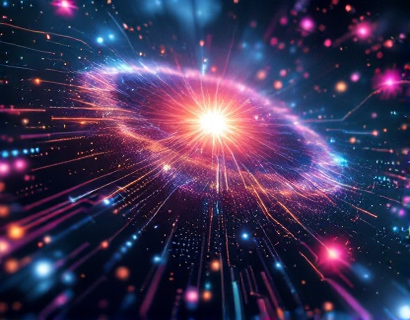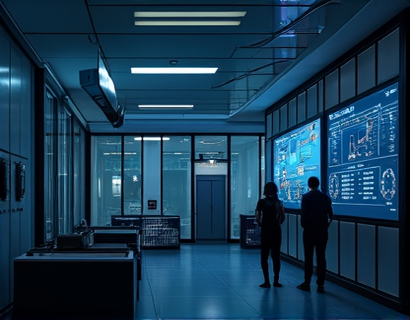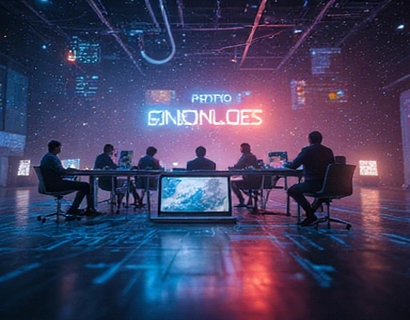AI-Powered Cosmic Learning: A New Era of Interactive Exploration
In the realm of education and space exploration, a groundbreaking tool has emerged, leveraging the power of artificial intelligence to create a personalized and interactive journey through the cosmos. This innovative platform redefines how educators and space enthusiasts engage with the vastness of space, offering a tailored learning experience that adapts to individual interests and knowledge levels. By integrating AI technology, this tool not only makes space and astronomy more accessible but also transforms the way we learn about the universe.
Personalized Learning Paths
The core of this AI-driven learning tool lies in its ability to customize the educational experience for each user. Upon entering the platform, users are greeted with a range of customizable settings that allow them to set their learning objectives, preferred topics, and the depth of information they wish to explore. For educators, this means creating lesson plans that align with curriculum standards while providing students with an engaging and interactive way to learn about celestial bodies and astronomical phenomena. Space enthusiasts can delve into specific areas of interest, whether it's the latest discoveries in exoplanets, the intricacies of black holes, or the history of space exploration.
Interactive Exploration Features
The platform offers a variety of interactive features designed to enhance the learning experience. Users can embark on virtual tours of the solar system, explore distant galaxies, and even simulate space missions. These interactive elements are powered by advanced AI algorithms that respond to user inputs, providing real-time feedback and additional information based on the user's interactions. For instance, when a user selects a planet, the AI can present detailed data about its atmosphere, composition, and notable features, along with high-resolution images and videos.
Customizable Settings for Depth and Complexity
One of the standout features of this AI-powered learning tool is its customizable settings, which allow users to adjust the level of detail and complexity according to their needs. Beginners can start with a simplified overview of basic concepts, gradually progressing to more advanced topics as they become more comfortable. Advanced users, on the other hand, can dive straight into detailed scientific explanations, research papers, and in-depth analyses. This flexibility ensures that the platform remains relevant and useful for a wide range of learners, from students in elementary school to professional astronomers.
Engaging Content Delivery
The content on this platform is not only informative but also engaging, thanks to the use of multimedia elements and interactive storytelling. Users can watch animated videos that explain complex astronomical concepts in an easy-to-understand manner. Interactive quizzes and games are integrated throughout the learning journey, making the process enjoyable and reinforcing the user's understanding. The AI continuously adapts the content delivery based on the user's performance and feedback, ensuring that the learning experience remains challenging yet achievable.
Real-Time Data and Updates
Space is an ever-evolving field, with new discoveries and advancements happening regularly. This AI-powered learning tool stays up-to-date with the latest information, providing users with real-time data and updates on celestial events, space missions, and scientific breakthroughs. The AI can alert users to significant events, such as planetary alignments, meteor showers, or the launch of new spacecraft, allowing them to stay informed and engaged with current space news.
Collaborative Learning Environment
Recognizing the importance of community in learning, the platform fosters a collaborative environment where users can interact with each other. Users can join discussion forums, participate in live Q&A sessions with experts, and collaborate on projects. The AI facilitates these interactions by suggesting relevant topics, connecting users with similar interests, and providing moderated discussions to ensure a safe and productive learning space. This community aspect not only enhances the learning experience but also builds a network of like-minded individuals passionate about space and astronomy.
Accessibility and Inclusivity
Accessibility is a key consideration in the design of this platform. It is optimized for use on various devices, including desktops, tablets, and smartphones, ensuring that users can access the content anytime and anywhere. The platform also includes features for users with disabilities, such as text-to-speech functionality, adjustable text sizes, and high-contrast modes. By making space education inclusive, the platform opens up the wonders of the universe to a broader audience, breaking down barriers and promoting diversity in STEM fields.
Educator Tools and Resources
For educators, the platform offers a suite of tools and resources to support their teaching efforts. Lesson plans are provided, aligned with educational standards, and can be easily integrated into existing curricula. The AI can generate customized quizzes and assignments based on the topics covered, helping educators assess student understanding and progress. Additionally, the platform includes a dashboard for educators to monitor class performance, track student engagement, and receive insights into areas where students may need additional support.
AI-Driven Personalization for Continuous Learning
The AI at the heart of this learning tool continuously learns from user interactions, refining its recommendations and content delivery over time. This continuous learning process ensures that the platform remains tailored to each user's evolving interests and knowledge level. The AI can identify gaps in a user's understanding and suggest targeted resources to fill those gaps, promoting a deeper and more comprehensive learning experience. This adaptive approach not only keeps users engaged but also fosters a lifelong love of learning about the cosmos.
Scientific Accuracy and Expert Input
Despite its AI-driven nature, the platform is committed to maintaining the highest standards of scientific accuracy. Expert astronomers and educators review and validate the content, ensuring that users receive reliable and up-to-date information. The AI incorporates feedback from these experts to continuously improve the quality of the content, making it a trusted resource for both educators and space enthusiasts. This collaboration between AI and human expertise results in a learning tool that is both innovative and credible.
Future Prospects and Expanding Horizons
As AI technology continues to advance, the potential for this learning tool is vast. Future updates may include virtual reality experiences, allowing users to step into a 3D model of the solar system or explore the surface of Mars in stunning detail. The platform could also integrate with other educational tools and resources, creating a comprehensive ecosystem for STEM learning. With the ongoing expansion of space exploration efforts, the platform will continue to evolve, offering new insights and discoveries as they emerge.
Conclusion
The AI-powered learning tool represents a significant leap forward in making space and astronomy education accessible, engaging, and personalized. By combining cutting-edge technology with a user-centric approach, it empowers educators and space enthusiasts to explore the universe in ways previously unimaginable. Whether you are a student eager to learn the basics or a seasoned astronomer seeking the latest research, this platform offers a unique and enriching experience that brings the wonders of the cosmos to your fingertips.



